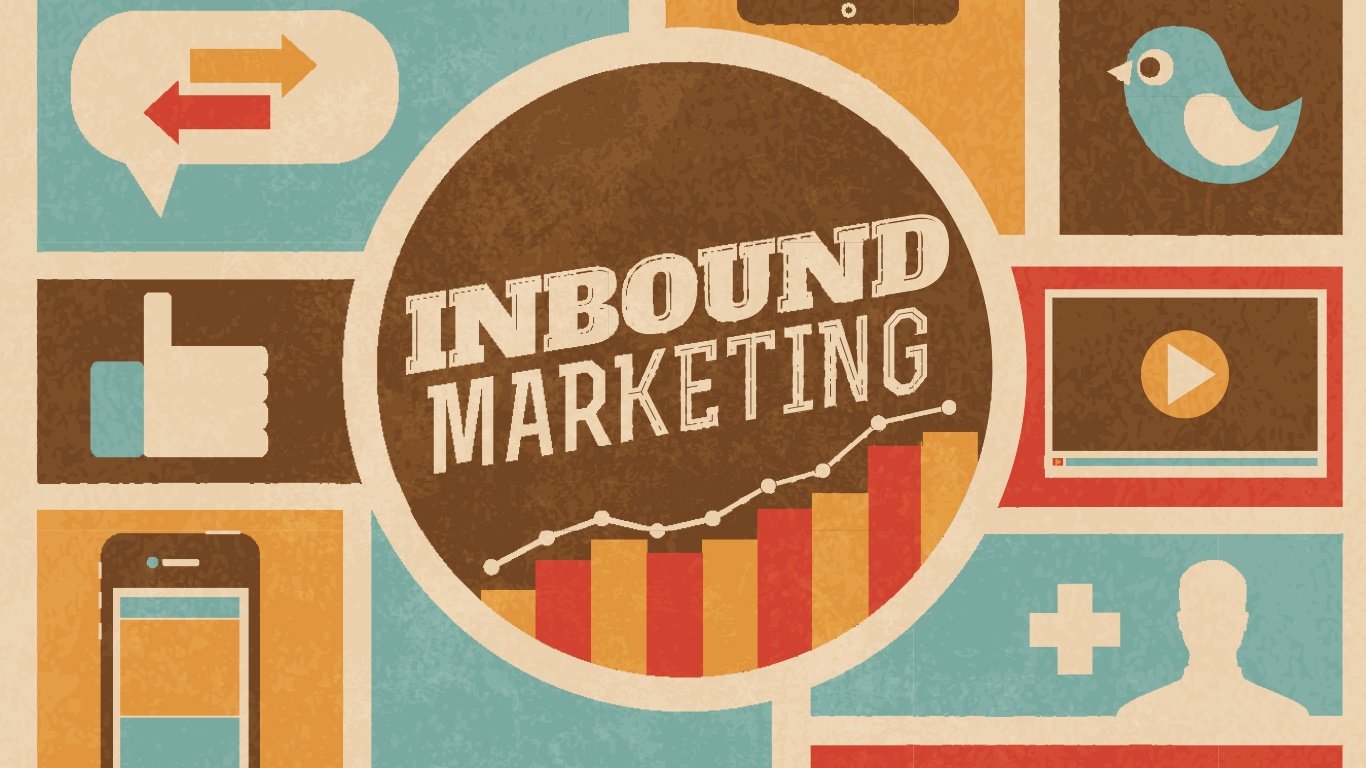 In part 1 of our series, we highlighted that businesses that want to reap the rewards of a successful inbound marketing campaign need to:
In part 1 of our series, we highlighted that businesses that want to reap the rewards of a successful inbound marketing campaign need to:
- Understand What Inbound Marketing Is – and What it Isn’t
- Understand That Inbound Marketing is a System
- Understand That Inbound Marketing is a Commitment
Today, we’ll look at the next 3 factors that make or break inbound marketing:
4. Understand that Quality Isn’t Optional
When businesses speak face-to-face with their customers – whether it’s in their offices, at a conference, or anywhere else – they naturally strive to make the best possible impression. That’s why when they’re delivering a presentation to high-level decision makers, they send in their aces; not their interns.
However, when it comes to inbound marketing collateral (e.g. ebooks, blog posts, Infographics, and so on), because the customer communication isn’t face-to-face, some businesses “talk themselves into” cutting corners on quality. For example, their content may be poorly crafted or irrelevant, or their production values (i.e. how their collateral looks and is designed) may be weak or sometimes non-existent. This is a FATAL mistake, because rather than being cost-saving, it’s money-wasting.
Inbound marketing isn’t just about informing customers – it’s about influencing and impressing them. If the quality of collateral they come across is superficial or amateur, they instantly ascribe these negative characteristics to the company that produced them.
With this being said, you don’t have to spend thousands of dollars creating a single ebook, or tens of thousands of dollars producing quality blog posts. You simply need to realize that when it comes to inbound marketing, quality isn’t optional, and cutting corners won’t improve your bottom-line. On the contrary, it will damage your brand.
5. Understand the Importance of Buyer Personas
Buyer personas aren’t just an important piece of a successful inbound marketing campaign: they’re the first step in the process.
The reason is because buyer personas are robust, developed profiles of your most important or influential customers, and provide you with valuable insights on their perspectives, opinions, habits, preferences, motivations, pain points (a.k.a. triggers), and other aspects that are part of their mindset and behavior.
As such, buyer personas enable you to determine what, why and how to communicate with your customers through your inbound marketing collateral. Without buyer personas, you’re forced to guess. But equipped with buyer personas, you can calibrate your strategy, message and delivery for optimal impact.
6. Understand the Importance of Gating
Gating simply refers to trading valuable inbound marketing content to customers in exchange for their contact information, which may include nothing more than their name and email address – or in some cases, may include richer data (e.g. job title, company, buying timeline, etc.).
Many businesses make the mistake of offering valuable content without gating, because they don’t want to put up any barriers between them and their customers. That is, they want to make it as friction-less as possible for their customers to download an ebook, Infographic, and so on.
However, while the intention is good (friction is the enemy!), the strategy is misapplied. Customers have clearly demonstrated that they will fill out a brief form to get something — provided, of course, that they perceive what they’re getting as valuable and relevant.
To learn more about why gating content is a MUST, read our recent blog post here.
Stay Tuned for Part 3
In part 3 of our series, we’ll look at 3 additional key factors to running a successful inbound marketing campaign. Stay tuned!
Can’t wait for part 3 of our blog series? Download our FREE eBook “A Guide to Inbound Marketing Best Practices” below!
{{cta(‘bd8404aa-e053-481c-9e10-8dd744e59b2f’)}}





